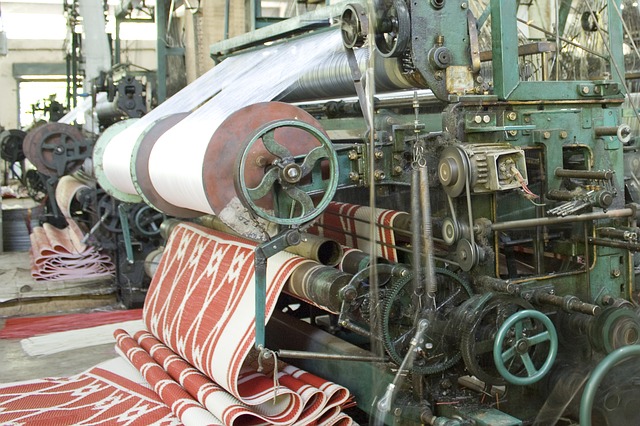- February 15, 2017
- Posted by: David Marshall
- Category: Innovation, Manufacturing, Measurement

There are a number of factors that go into improving productivity of your associates, and by extension, your plant workflow. Not only do you get more things done, but you can make your associates happier to boot.
Keeping associates productive throughout their shift with as few interruptions as possible actually enhances morale, and makes their life easier and more predictable. So if there are any alerts or issues, a blinding speed of resolution actually keeps the associate feeling as though they are proactively contributing to the enterprise.
If you can eliminate machine downtime, you’ll improve productivity. Decrease scrap and imperfections, and you’ll increase productivity. And decrease both of those things, and your associates will also feel better about their work, and feel more valued as a part of the organization.

The reverse is true as well. If the associate can’t contribute because of a broken or poorly-working machine, they may become frustrated with their work and what they see as their place within the company.
How Do You Keep Your Associates Productive?
This is where collecting and analyzing data in real time becomes important in spotting problems. You can’t rely on stories and anecdotes that you remembered from a few weeks ago. Human memory is fairly faulty and basing your decision making on half-remembered anecdotes is a surefire guarantee for disaster.
By having a workflow monitoring system in place, you can gather data on every machine’s and associate’s performance. When there’s a problem, this data can tell you whether your scrap issue is a machine, system, or people problem. Perhaps the associate is not feeding the machine correctly, or didn’t run the appropriate checks on the equipment before starting it up. Or the machine has a broken piece or the motor is being overworked and burning out every three months. You might notice patterns yourself if you pay attention, but these monitoring systems can detect a pattern months or moments before anything actually breaks.
You have to be able to analyze your information and break it down into what are real problems and what are perceived problems. If you assume the associate will continuously do what they’re trained to do consistently, then that means you’re either dealing with an equipment issue or a system issue. But, for argument’s sake, if the machine is making bad pieces and you’ve had zero alerts on that equipment, it’s probably not the equipment or the system that’s at fault, it’s the associate.
That’s when you look at additional training, reassignment, or even termination. It’s a performance issue at that point, and one that needs to be addressed with your human resources and/or management people.
If it’s an equipment issue, you need to look at whether anything is broken, damaged, or running less than optimally. For some companies, that means having a maintenance team repairing that machine as soon as possible.
If you leased equipment from people who offer maintenance contracts, use them. Get them on site and working on the machine. You can’t afford to have poorly-working machines or machines that have broken down. These contribute to your downtime and put a damper your productivity.
But if you’re having system issues, then it’s a question of fixing or even overhauling the system. If you’ve got a process that regularly bottlenecks at one station, or you’ve got a step in a multi-step process that continues to cause you problems, look for ways to unstop the bottleneck or eliminate that step.
In these cases, monitoring your plant workflow is going to provide you the insights to pinpoint your problems, and even help you examine the results as you test out different solutions and alternative production methods.
Finally, when revamping your system, be sure to ask for input from your associates on the floor. These are the men and women who are running the system, can spot the issues, and know where the problems lie. Their input will not only result in a more efficient, more productive system, it can also help the associates feel valued and appreciated. Especially if they’re going to work every day on a system they helped build and design.
I’ve been a manufacturing executive, as well as a sales and marketing professional, for a few decades. Now I help companies turn around their own business and improve productivity. If you would like more information, please visit my website and connect with me on Twitter or LinkedIn.
Photo credit: Pashminu (Pixabay, Creative Commons)

